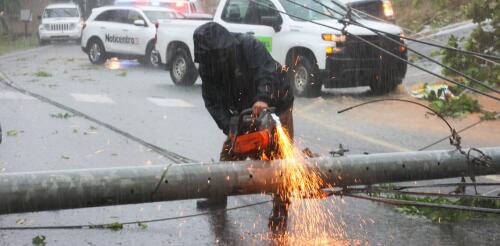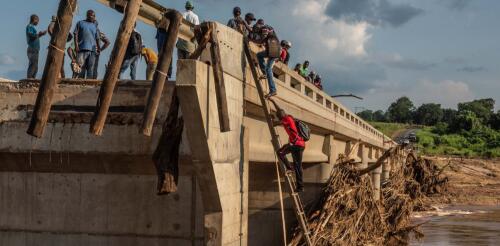disaster aid
Five years after Hurricane Maria wreaked havoc on Puerto Rico, Hurricane Fiona has killed at least four people, caused widespread flooding and left hundreds of thousands of residents without water or power. Maria caused extensive damage to Puerto Rico’s power grid in 2017 that left many residents without electricity for months. Rebuilding it has been hampered by technical, political and financial challenges. Carlos A. Suárez and Fernando Tormos-Aponte are social scientists who study Latin American politics and environmental justice. They explain some of the factors that have hindered efforts to recover from Maria and prepare for subsequent storms on this island with a population of 3.2 million people. Failed promises from privatization Carlos A. Suárez Carrasquillo, Associate Instructional Professor, Political Science, Center for Latin American Studies, University of Florida In less than a century, Puerto Rico’s electricity system has gone full circle fr...
These days, it’s hard to escape news stories discussing how climate change is contributing to extreme weather disasters, including the recent U.S. hurricanes. Aid agencies are increasingly worried about the widespread damage. A growing question as these disasters worsen in a warming world is how to pay for recoveries, particularly in poorer countries that have contributed the least to climate change. I am a climate scientist who researches disasters, and I work with disaster managers on solutions to deal with the increasing risk of extreme events. The usual sources of disaster aid funding haven’t come close to meeting the need in hard-hit countries in recent years. So, groups are developing new ways to meet the need more effectively. In some cases, they are getting aid to countries before the damage occurs. Disaster aid funds aren’t meeting growing need Countries have a few ways that they typically send money and aid to other countries that need help when dis...

